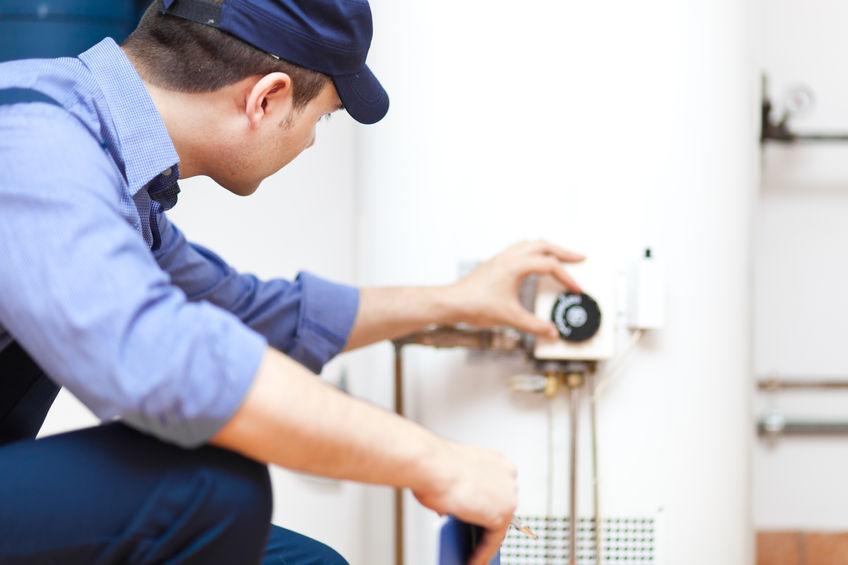Top 5 Reasons to Stick With A Standard Tank Water Heater

There’s an ongoing debate concerning the merits of newer, tankless water heaters and traditional, tank-style water heaters, which every homeowner inevitably ends up having to navigate when the time comes to replace those old, tired water heaters. Tankless is the new, shiny option with touted energy savings on its side, but you may want to consider sticking with a standard, tank water heater, instead.
It’s true, a tankless water heater design is more energy efficient, they provide nearly unlimited hot water on demand and occupy a much smaller space, but they have their drawbacks, too. Here are the top 5 reasons you may want to stick to a standard tank water heater design.
1. Cost
“Cost is the number one factor because standard tank water heaters are a third of the cost,” says Albany and Saratoga’s water heater expert Tom Darling. You can expect to pay three times as much for a tankless water heater unit as you would with a tank heater, and that’s not including the higher installation fees. In most cases, a plumber can install a tank water heater with relative ease; for a new tankless water heater install, there’s a higher overall degree of difficulty, including special venting requirements, and in some cases, larger gas lines due to higher BTU ratings.
2. Availability of Replacement Unit
“If your water heater fails today and it’s leaking all over the floor how quickly can you schedule a new one to be installed?” Asks Tom Darling. “A tank takes generally two hours to install. The tankless takes two guys an entire day to install. And that’s if we have it in stock.” Often times, tankless water heaters have to be specially ordered in addition to their longer installation times. In times of emergency, such as when your hosting company, you need your unit replaced as soon as possible. Rather than being put on a waiting list, more often than not your plumber can replace your standard tank water heater same day and you’ll have hot water within an hour after your plumber leaves.
3. Mineral Sensitivity
Hard water—an ever-present problem in the Capital Region and Adirondacks—is like kryptonite to tankless water heaters, literally destroying them from the inside. It happens frequently enough to tank water heaters, but tankless water heater units are reportedly even more susceptible. And worse still, any equipment malfunctions caused by lime, mineral build-up or scale aren’t typically covered by manufacturer warranties. Frequent flushing and filter-changing is essential to the upkeep of tankless water heater units when hard water is present, and/or you may want to consider water softening options for your home.
4. Not So Fast!
While the hot water may seem endless with a tankless water heater, the hot water may take longer to reach you than what you’ve experienced with tank water heaters. That’s because a tank heater has already warmed the water up to temperature; with tankless water heaters, the water is being heated on-demand.
5. Potential Flow Limitations
The fact that a tankless water heater is warming the water on-demand also affects how much hot water is available at once. With a tank heater, as much hot water is available at a time as it can fit through the pipes (until the hot water in the tank runs out), so conceivably, you could have more than one shower happening at a time, or overlaps between showers and dishwashing, washing machines, etc. On the other hand, with a tankless water heater you’ll need to be sure to purchase a large enough unit if you plan on multitasking your hot water usage.
***Are you ready for a new hot water heater in your home? Contact Empire State Plumbing online today or call us at (518) 941-8283 for a comprehensive consultation. We are the hot water heater experts in the Albany and Saratoga areas!
